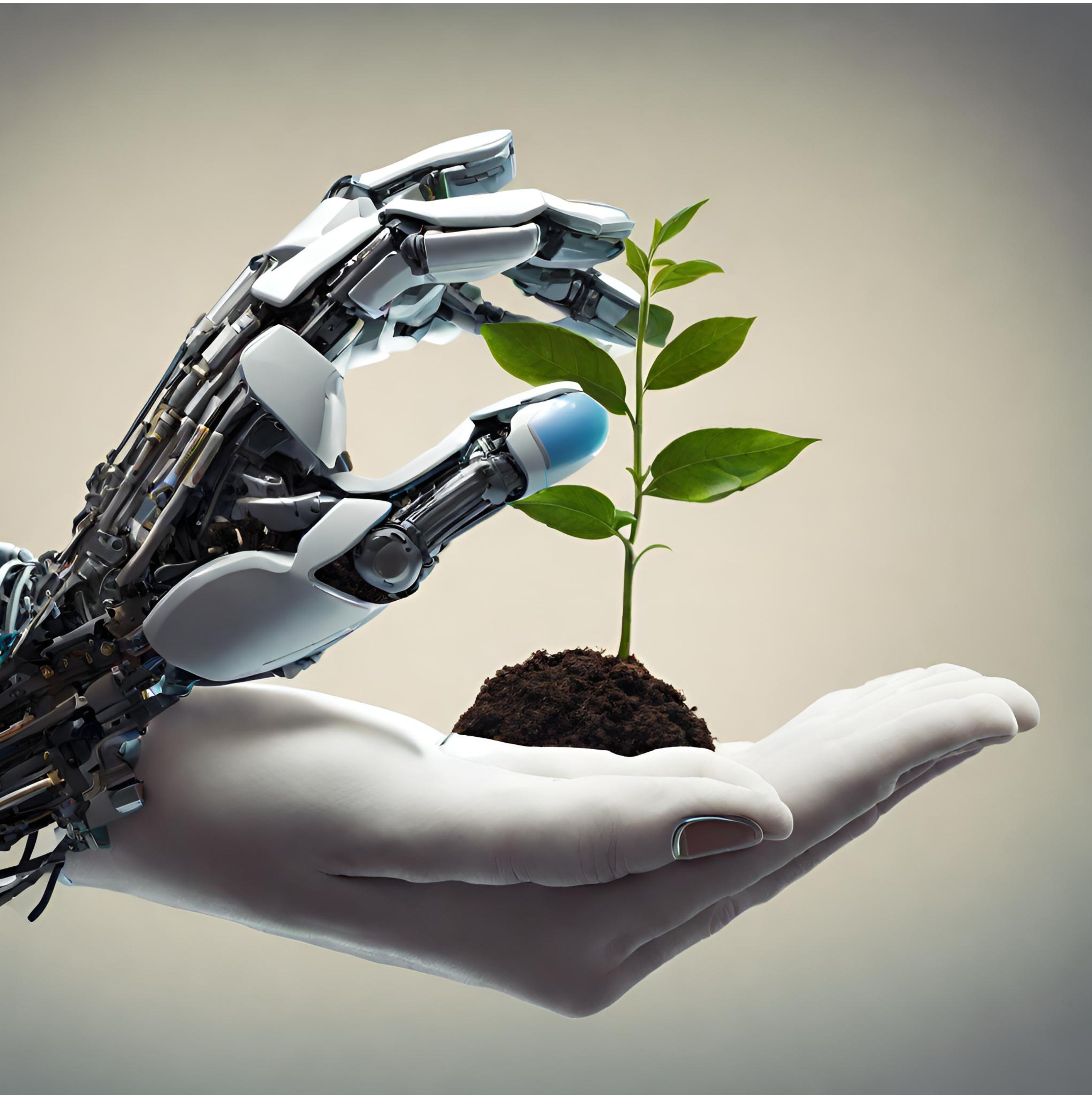As our world grapples with the urgent need to address climate change, technology emerges as a key ally in the fight against environmental degradation. One powerful ally in this battle is Artificial Intelligence (AI), a transformative force that holds the potential to reshape how we approach sustainability. Let’s explore how AI, often heralded for its ability to streamline processes and enhance efficiency, is stepping into the arena to combat climate change.
Understanding the Landscape:
Embarking on a journey through the realm of Artificial Intelligence, we find innovative ways this technology intersects with climate change solutions. AI isn’t a futuristic concept; it’s actively working behind the scenes to mitigate the environmental impact we face today. Here are some of the examples of how AI is applied, or can be applied, in the future:
Smart Energy Grids:
AI contributes significantly to the evolution of energy systems. Smart grids, empowered by AI, optimize energy distribution, reduce inefficiencies, and enhance overall grid reliability. These systems can intelligently balance the supply and demand for electricity, incorporating renewable sources seamlessly into the energy mix. For instance, Google uses AI to reduce the energy consumption of its data centers by up to 40%. Similarly, the US Department of Energy is developing AI-based tools to improve grid resilience and security.
Renewable Energy Revolution:
The renewable energy sector witnessed a revolution fueled by AI. Machine learning algorithms analyze vast datasets to predict energy production patterns, optimize the efficiency of solar panels and wind turbines, and even forecast maintenance needs. This not only boosts energy output but also makes renewable sources more reliable and cost-effective. For example, IBM uses AI to optimize the performance of its solar forecasting system, which can predict solar power generation up to 30 days in advance. Likewise, DeepMind uses AI to enhance the value of wind energy by predicting wind power output 36 hours ahead of actual generation.
Climate Modeling and Prediction:
AI excels in processing immense datasets and complex climate models, providing us with accurate predictions and insights. Climate scientists leverage AI to analyze historical climate data, predict future trends, and assess the potential impact of climate change on specific regions. This invaluable information aids policymakers in crafting effective strategies for climate resilience. For example, Microsoft uses AI to create high-resolution land cover maps that can help monitor changes in land use and forest cover. Similarly, the World Bank uses AI to estimate the economic costs of climate change and the benefits of adaptation actions.
Precision Agriculture:
AI-driven precision agriculture practices optimize resource usage, from water to fertilizers. By analyzing data from sensors, satellites, and other sources, AI helps farmers make informed decisions, increasing crop yield while minimizing environmental impact. This not only promotes sustainable agriculture but also addresses food security challenges. For instance, The Climate Corporation uses AI to provide farmers with customized recommendations on crop management, such as planting, irrigation, and pest control. Likewise, FarmBeats uses AI to enable data-driven farming by combining data from various sources, such as drones, sensors, and satellites.
Natural Disaster Response:
Climate change brings about an increase in the frequency and intensity of natural disasters. AI enhances our ability to respond effectively by analyzing real-time data to predict and manage disaster scenarios. From early warning systems to resource allocation during crises, AI plays a crucial role in mitigating the impact of natural disasters. For example, Facebook uses AI to generate population density maps that can help humanitarian organizations deliver aid and assess damage. Similarly, One Concern uses AI to create simulations of natural disasters, such as earthquakes, floods, and wildfires, and provide actionable insights to emergency responders.
Challenges and Considerations:
While the potential of AI in addressing climate change is promising, there are still many challenges that exist. The energy consumption associated with training complex AI models raises concerns about its environmental footprint. Striking a balance between AI advancements and sustainability is essential. Moreover, AI can have ethical and social implications, such as increasing inequality, bias, and privacy risks; therefore, it is important to ensure that AI is used respectfully and responsibly for the sake of human rights and the environment.
Conclusion:
AI and climate change solutions present a beacon of hope. From optimizing energy systems to revolutionizing renewable energy, predicting climate patterns, and enhancing agricultural practices, AI proves to be a versatile tool in our environmental toolkit. As we navigate the intricate landscape of climate change, Artificial Intelligence emerges not as a futuristic dream but as a present-day champion, offering innovative solutions to safeguard our planet; however, we also need to be aware of the challenges and considerations of using AI for the environment and ensure that we use it in a way that is ethical, sustainable, and beneficial for all.




